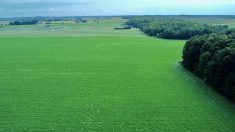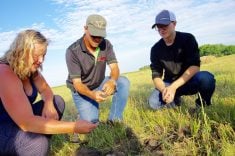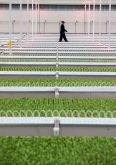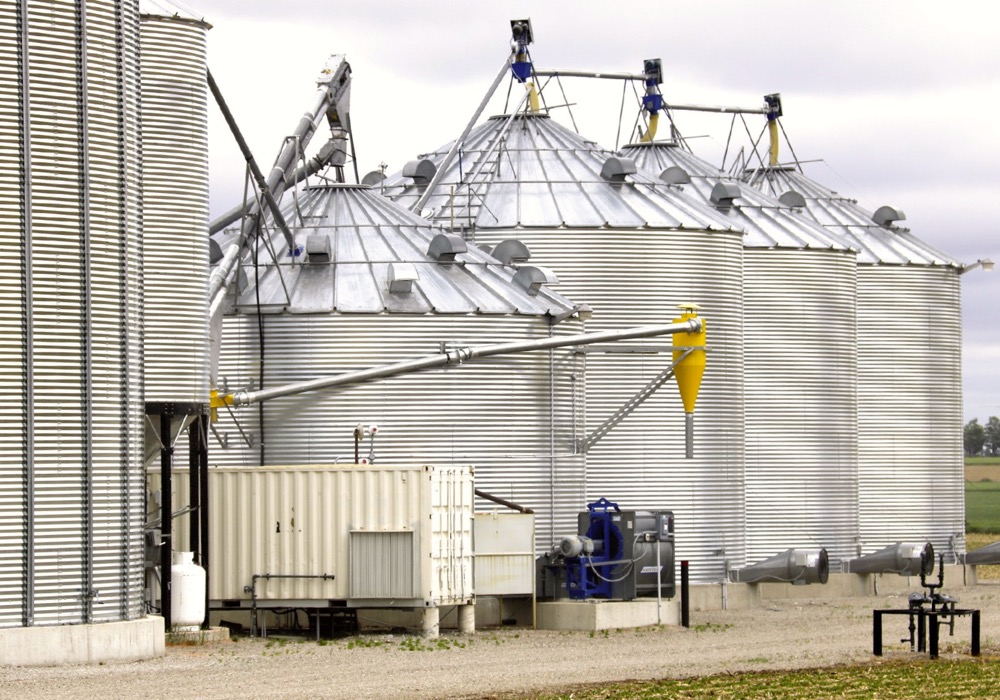The development of Canada’s first Agri-Food Sustainability Index (AFSI) is gaining traction.
David McInnes, AFSI coordinator, said the initiative would affirm Canada’s agri-food leadership, create opportunities to add value, mark progress on societal priorities, and shape policy discussions in a more demanding food world.
“Our task is about coming up with the right metrics to show Canadian food production supply is safe, sustainable, responsible,” said McInnes. “And that we have the right process to work pre-competitively amongst those partners on science-based indicators relevant to the Canadian agri-food sector.”
Read Also
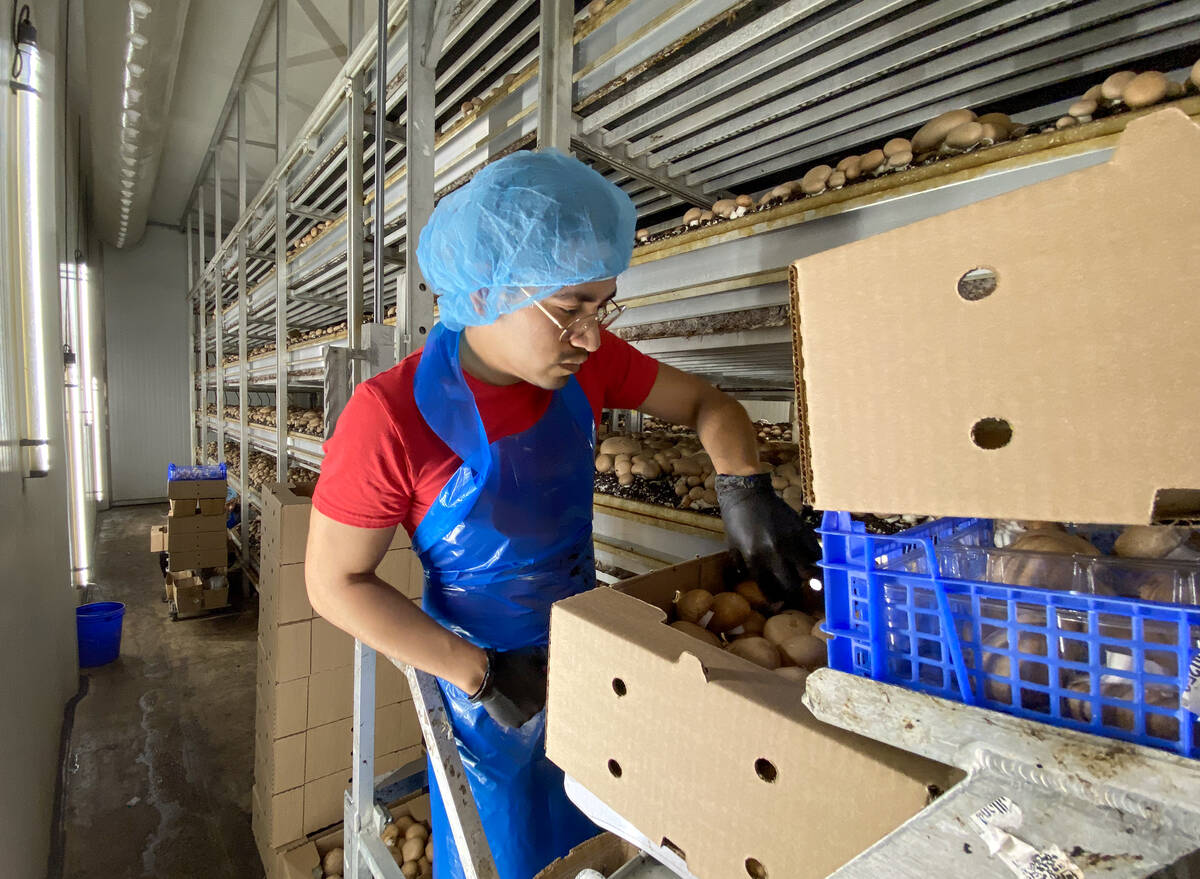
Ontario’s other economic engine: agriculture and food
Ontario Federation of Agriculture president, Drew Spoelstra, says Ontario’s agriculture and agri-food sector should be recognized for its stability and economic driving force.
Why it matters: Proof of sustainability is becoming increasingly critical as agri-food customers and other countries compete based on being ‘the most sustainable food provider.’
McInnes said benchmarking Canada’s agri-food sustainability credentials is critical to countering the global view that agri-food is not sustainable, healthy or inclusive and requires an urgent and transformative change to take place.
“We’re seeing benchmarking performance becoming far more pervasive and intensifying as global scorecards from NGOs, from academia, and others are assessing the sector’s overall performance,” he said.
The emergence of the materialization of Environmental, Social and Governance (ESG) factors, driven by capital markets and investors as the sustainability credentials of companies and their supply chain come under scrutiny, indicate national proof of sustainability is required.
The United Nation’s Sustainable Development Goals, the Paris emissions reduction commitments made by countries, companies and supply chains and the race to hit net zero carbon by 2050 have formed the perfect backdrop to spark evolution within the agri-food market.
Regulatory and supply chain sustainability criteria are now dictating trade, market access, and creating new rules forcing countries, companies, and sectors to compete on sustainability claims, with many positioning themselves as ‘the most sustainable.’
“This could be a profoundly important opportunity for Canada because of how we present our sustainability credentials and how we position ourselves in the marketplace,” he said. “But we have to move forward.”
Global market signals within companies, supply chains, and sectors clearly show sustainable sourcing of ingredients and foods as the primary motivation to set targets to improve performance and spur supply chain action.
“If you think of the food and beverage companies, which are making a number of these targets, nearly 90 per cent of the total emissions of those companies are found in their supply chains, starting with the ingredient supplier or producers,” said McInnes.
Companies are connecting their supply chains to producers to make progress with their commitments.
Companies are also setting targets to improve water, soil biodiversity outcomes, and even in the social domain to improve quality farm incomes globally, he said. Those issues are addressed in the Index’s four sustainability blocks, environment, economic, health and safety and well-being with evolving, trackable indicators assigned to each block.
The national agri-food index is an opportunity to be regarded as one of the most trusted and sustainable food systems on the planet. Still, it requires building a repertoire of actions taken to date from no-till practices to sustainable beef to factions on food safety and other initiatives, he said.
The AFSI would provide consumer assurance that Canada’s Food Brand is safe, sustainable and responsible. In addition, it would demonstrate how supply chain assurance requirements are met, provide proof of sustainability to improve competitiveness and access to markets, such as the EU, and increase transparency, said McInnes.
On the flip side, investors would feel confident in supporting Canadian agri-food research and development based on the actions taken to improve sustainability and elevate Canada’s ability to be represented more vigorously in global agri-food system change discussions.
The National Index movement began in 2020 by outlining its principles, scope, and context. Since then, it has published case studies on biodiversity, GHGs, Global Indices and established a business case and governance model for the proposed Centre of Agri-Food Benchmarking to house and develop the Index.
“This index needs to be relevant to the Canadian context, it needs to be validated, science-based, pre-competitively developed in a collaborative effort by the partners, and it’s also outcomes-focused and not prescriptive,” said McInnes. “We also need to ensure that we have the right governance framework around developing this and then managing it going forward.”
The Centre should be co-funded and housed in government, providing authority and neutrality necessary to export and domestic markets. He said it must be sector driven with shared leadership among the players.
The group is embarking on a suite of projects to advance the Index by May 2022, launching a pilot as proof of concept and making a case for longer-term funding via the Federal-Provincial-Territorial (FPT) Canadian Agricultural Partnership agreement.
“I believe, and our partners believe, that this index could become a lens to look at policy discussions; how this may inform innovation discussion; how this may inform trade policy,” McInnes said. “This is about better positioning Canada’s agri-food sector for the future.”




